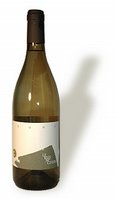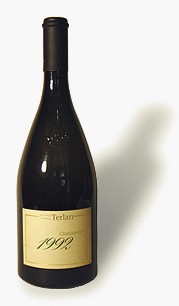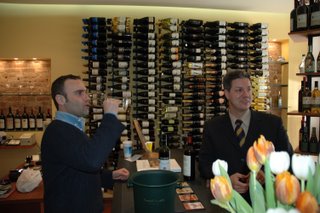Eye for an Eye...
Lex Talionis is a Principle of the Hammurabi code of law, it's the rule under which the offender will be punished mirroring the damages inflicted, also known as law of retaliation.
The code was carved in stone between 1592 and 1550 BC when King Hammurabi ruled over Babylon. It was also a law in the Old Testament, in the Mosaic laws and as well in the Itties code of law.
In the New Testament the Christian interpretation of the biblical passage has been heavily influenced by the quotation from Leviticus (19:18, see above) in Jesus of Nazareth's Sermon on the Mount. In the Expounding of the Law (part of the Sermon on the Mount), Jesus urges his followers to turn the other cheek when confronted by violence:
"You have heard that it was said, "An eye for an eye and a tooth for a tooth". But I say to you, do not resist an evildoer. If anyone strikes you on the right cheek, turn to him the other also." (Matthew 5:38-39, NRSV)
Now if already at that time there was a urge to end such practice it was because of the endless ring of violence those rules creates.
So why today we don't feel that way?
As most of you already know Saddam Hussein was killed by hanging Saturday morning in Iraq, I don't want to discuss on whatever he deserved it or not, what I would like to analyse are the consequences that act will bring.
I don't think that today the world is a safer place nor do the Iraqis (just today over 70 people died in several riots and car bombs attacks).
Diplomatically the execution created lots of embarrassments within the western coalition between the States praising for achieved justice and the EU calling it "barbarian act". On the other hand for once Israel, Iran and the USA are stating the same comments and it sound like we made a favor to our next worst enemy Mahmoud Ahmadinejad, while Russia is concerned about the possibility of an escalation of violence.
Russia's Foreign Ministry spokesman Mikhail Kamynin said:
"The situation in Iraq is heading into a worst-case scenario. The country is slipping into violence and is on the verge of a large-scale civil conflict. Saddam Hussein's death can further aggravate the military-political situation and increase ethnic and religious tensions."
Reading the news from around the world it looks like every leader in the world agree on the fact that the Hussein punishment will not stop the violence in Iraq, a country that holds the biggest oil reserve in the world, sited in the most unstable region of the world, and actually will increase the conflict possibilities.
So why he has been killed?
Was him more powerful behind bars or now as martyr?
These questions don't really have anything to do with justice and the way was carried in Saddam's trial; my point is that now there is even a deeper line between the ones that believe in his innocence and the ones that doesn't, which in the Western World translate in hours of television debates and dinner table discussions but in the Middle East usually translate in violence.
I know once again I didn't stick with the grapes that so much do for our mental and physical health...and once again I must apologize because I diverted from the subject of my blog, even though a conflict in that region will also effect some great wineries like Chateau Musar and Massaya from Lebanon and Domaine du Castel in Israel and many other more that would have born and never will.
I wish you a "ripe" and peaceful 2007
Buona Bevuta a Tutti


























